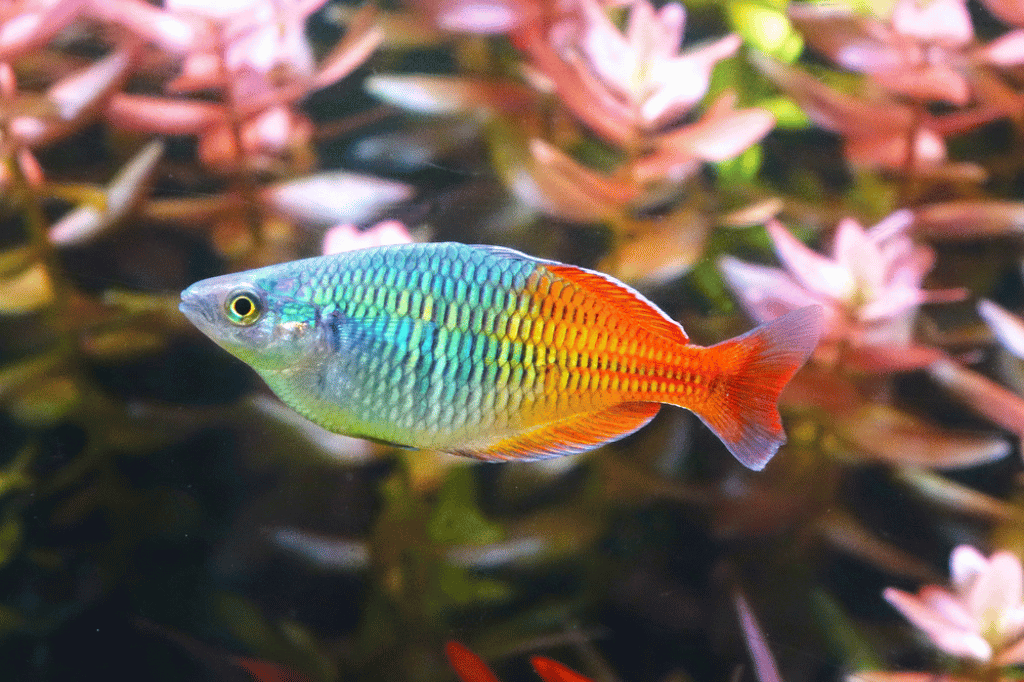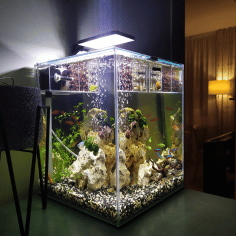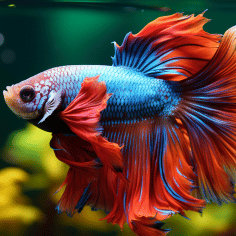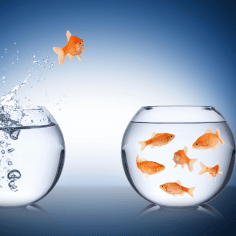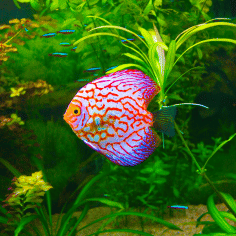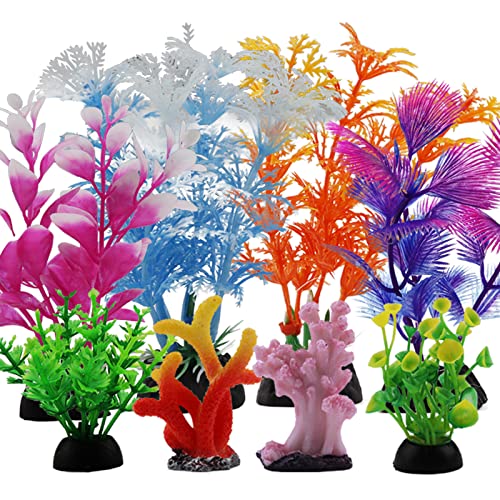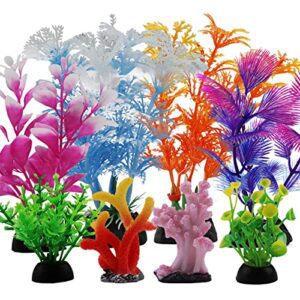Rainbow fish, known for their vibrant colors and shimmering scales, are a popular choice among freshwater aquarium enthusiasts. These iridescent beauties are native to Australia, Papua New Guinea, and Indonesia, thriving in a variety of aquatic environments. Their size and peaceful nature make them an excellent addition to community tanks, where they often become the centerpiece due to their eye-catching appearance.
With proper care, including a well-maintained tank, a balanced diet, and suitable tank mates, rainbow fish can exhibit their full spectrum of colors and active behaviors, delighting their owners and contributing to a dynamic aquatic ecosystem.
Introduction To Rainbow Fish
Welcome to the colorful world of Rainbow Fish Size! These vibrant creatures are a delight to aquarium enthusiasts. Let’s dive into what makes them so special.
The Allure Of Vibrant Scales
Rainbow Fish are known for their shimmering scales. Each fish displays a kaleidoscope of colors that change when light reflects off them. This stunning visual effect makes each Rainbow Fish unique.
- Bright blues, dazzling greens, and radiant reds are common.
- Their scales serve as camouflage against predators.
- These scales also play a crucial role in mating rituals.
Habitats Around The World
Rainbow Fish are native to diverse habitats across the globe. They thrive in both freshwater and marine environments.
| Continent | Environment | Common Species |
|---|---|---|
| Australia | Freshwater rivers | Red Irian |
| Asia | Tropical streams | Boesemani |
| America | Lakes | Blue Neon |
These environments offer the ideal conditions for Rainbow Fish. They prefer clear, shallow waters where sunlight can enhance their natural colors. Whether in a stream in Asia or a lake in America, Rainbow Fish adapt and thrive.
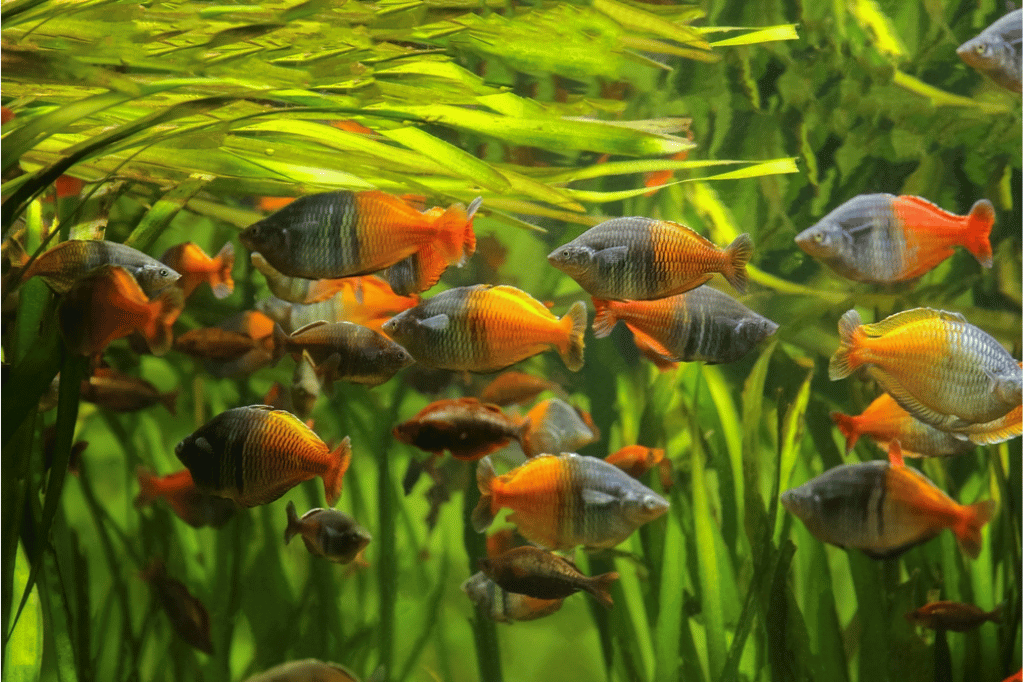
Rainbow Fish Size: A Spectrum of Aquatic Wonders By Insiderfish.com
Variation Of Rainbow Fish Size
Typical Size Ranges
Rainbow fish come in many sizes. Some are small enough to fit on a spoon, while others are as big as a dinner plate. Here’s a quick look at their typical size ranges:- Dwarf species: 3-4 cm
- Small species: 4-6 cm
- Medium species: 6-10 cm
- Large species: 10-12 cm and above
Factors Influencing Size
Different things affect how big rainbow fish can get. Food, space, genes, and water quality play a part in their growth. Let’s look at each:| Factor | Effect on Size |
|---|---|
| Diet | Good food means bigger fish. |
| Space | More room to swim means more growth. |
| Genetics | Size can come from fish parents. |
| Water Quality | Clean water helps fish grow well. |
Smallest Species Explored
Dwarf Neon Rainbowfish: A Tiny Spectacle
The Dwarf neon rainbowfish is a wonder. Its body shines in the water. It grows to just three inches. This fish is perfect for small tanks. It plays well with others. Its size is a part of its charm.- Latin name: Melanotaenia praecox
- Color: Bright blue and red
- Habitat: Clear streams and rivers
- Diet: Small insects, plant matter
Significance Of Miniature Sizes In Survival
Small fish have big advantages. They hide easily from predators. They need less food. Their small size lets them live in tiny spaces. This helps them to survive in tough places.| Size Advantage | Survival Benefit |
|---|---|
| Less visible | Easier to avoid predators |
| Less space | Can live in small areas |
| Lower food needs | Can survive in scarce environments |
Largest Species Unveiled
Boeseman’s Rainbowfish: A Gentle Giant
Boeseman’s rainbowfish, with their impressive size and calm nature, stands out as the gentle giants of the rainbow fish family. Adults can reach lengths that truly showcase their majestic presence in any freshwater habitat.- Native Habitat: Western New Guinea
- Scientific Name: Melanotaenia boesemani
- Typical Length: Up to 4.5 inches (11.5 cm)
- Distinguishing Features: Two-tone coloration, with a front half of vivid blue and a back half of orange or yellow
How Large Species Impact Their Ecosystem
The size of a species plays a crucial role in its ecosystem. Larger fish like Boeseman’s rainbowfish can influence their surroundings in unique ways. Their presence often indicates a healthy environment, as they require pristine conditions to thrive.| Impact | Description |
|---|---|
| Predator-Prey Balance | Maintains the natural order of the aquatic food chain. |
| Habitat Structure | Contributes to the complexity of the habitat, offering shelter and breeding grounds. |
| Nutrient Cycling | Helps in the distribution of nutrients through their feeding and waste production. |
Geographical Influences On Size
Regional Size Trends
Regional factors impact Rainbow Fish growth. In warmer waters, these fish often grow larger and more quickly due to faster metabolism rates. Conversely, cooler regions might result in smaller sizes due to a slower growth rate.| Region | Average Size |
|---|---|
| Tropical Waters | 4-6 inches |
| Temperate Zones | 2-3 inches |
Examples From Diverse Climates
- Australian East Coast – Here, warmer currents nourish larger Rainbow Fish, often reaching the upper size limits.
- South American Rivers – Cooler waters and diverse ecosystems here support moderately Rainbow Fish Size.
- Asian Tropical Basins – Abundant food sources and warm temperatures lead to some of the largest specimens.
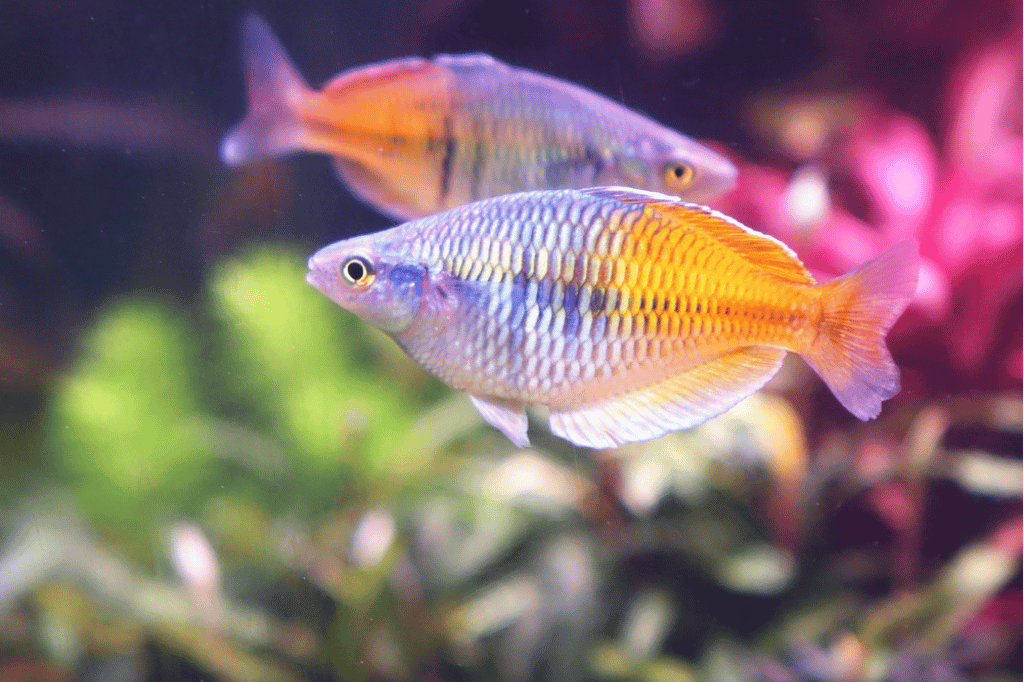
Diet And Nutrition Impact
Common Dietary Components
Rainbow Fish are known to be omnivorous. This means they enjoy a varied diet. Here are some food items they love:- Algae and Plant Matter: Essential for fiber.
- Insects and Larvae: Provide protein for growth.
- Brine Shrimp: A favorite treat, full of nutrients.
- Commercial Flakes and Pellets: Fortified with vitamins.
Nutrition’s Role In Growth And Health
Proper nutrition is key to the growth and overall health of Rainbow Fish. The right balance of proteins, fats, and carbohydrates promotes:| Element | Benefit |
|---|---|
| Proteins | Builds muscle and repairs tissues. |
| Fats | Provides energy and supports cell growth. |
| Carbohydrates | Fuels daily activity and maintains digestive health. |
Breeding Practices And Size
Breeding For Size Variations
When aquarists breed rainbow fish, size is often a key focus. Size variations can come from selective breeding. This means choosing the biggest and healthiest fish for reproduction. The goal is to create offspring that inherit these traits.- Track growth patterns of young fish.
- Select breeders based on desired size.
- Crossbreed to mix size traits.
Ethical Considerations In Selective Breeding
While breeding for size can be beneficial, ethics must guide the process. Selective breeding must respect the fish’s well-being. Breeders should avoid creating fish with health issues for the sake of size.| Practice | Ethical? | Justification |
|---|---|---|
| Overbreeding | No | Leads to health problems. |
| Natural selection | Yes | Supports healthy genetics. |
| Genetic modifications | Case-by-case | Depends on the impact on fish. |
Conservation Efforts For Larger Species
Challenges Faced By Larger Rainbow Fish
The journey to safeguard these vibrant creatures is fraught with obstacles:- Habitat destruction due to human activities.
- Competition for food and space with invasive species.
- Overfishing, which threatens their numbers.
- Climate change, affecting water temperatures and ecosystems.
Global Conservation Initiatives
Globally, numerous initiatives aim to protect these species:- Establishment of protected areas where fishing is restricted.
- Research programs to understand their needs and threats.
- Engagement with local communities to promote sustainable practices.
- International cooperation to enforce anti-poaching laws.
In The Aquarium: Caring For Rainbow Fish Size Of Various Types
Tank Size And Setup Advice
Choosing the right tank size is essential for rainbow fish. A minimum of 20 gallons for small species is recommended. Larger species flourish in tanks starting at 50 gallons. The spacious environment supports swimming and reduces stress. Setting up the tank involves several steps:- Substrate: Fine gravel or sand mimics the natural habitat.
- Plants: Live plants provide hiding spaces and maintain water quality.
- Water parameters: Keep the temperature between 74-78°F and pH levels around 7.0-8.0.
- Filtration: A robust filter ensures a clean environment.
Maintaining Healthy Populations In Captivity
To maintain a healthy rainbow fish population, consider the following:- Stock the tank with a mix of males and females for social balance.
- Regular water changes, 25% weekly, keep the environment pristine.
- Provide a varied diet of flakes, pellets, and live foods for nutritional needs.
- Monitor fish behavior and health daily to catch issues early.

Frequently Asked Questions Of Rainbow Fish Size
Will Rainbow Fish Eat Small Fish?
Yes, rainbow fish might eat smaller fish if they fit in their mouths. They generally prefer insects and plant matter but will consume tiny fish in a community tank setting. Always consider size compatibility when adding new fish to an aquarium.
How Many Rainbow Fish Should Be Kept Together?
For optimal comfort and social interaction, keep at least six rainbow fish together. This grouping helps maintain their natural schooling behavior, ensuring a healthier and happier environment for these vibrant fish.
Are Rainbow Fish Aggressive?
Rainbow fish are generally peaceful, making them popular in community aquariums. Some species may display mild aggression during breeding or in overcrowded tanks.
Are Rainbow Fish Easy To Keep?
Rainbow fish are generally easy to maintain, thriving in well-maintained aquariums with stable water conditions and ample space for swimming. They prefer a diet of varied foods and enjoy the company of their own species.
Conclusion
Wrapping up our aquatic adventure, understanding rainbow fish size is essential for enthusiasts and aquarists alike. These vibrant swimmers vary widely, so choosing the right tank and companions matters. Remember, a healthy habitat ensures your rainbow fish’s brilliant colors and dynamic behavior shine.
Dive into care specifics, and your underwater rainbow will thrive.

